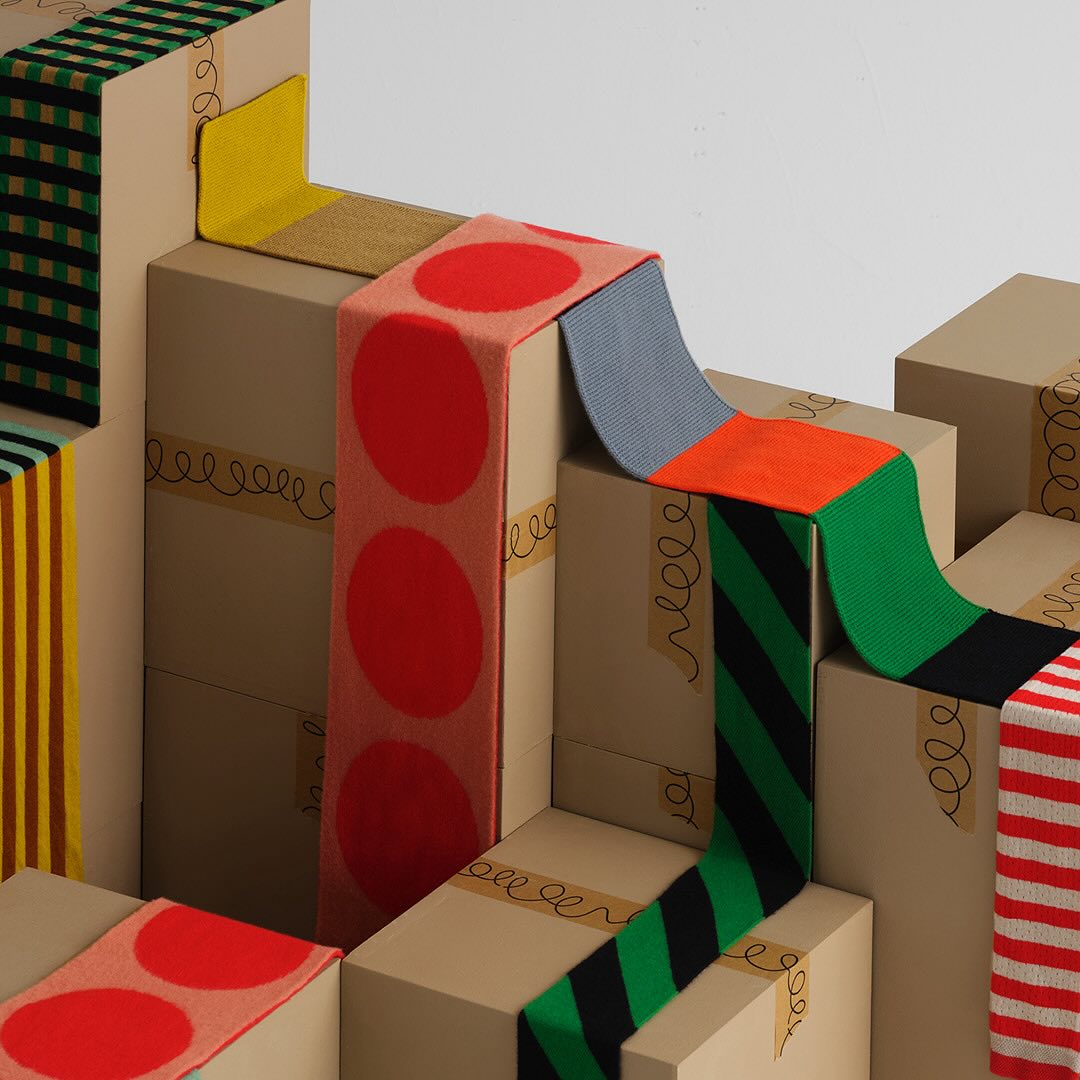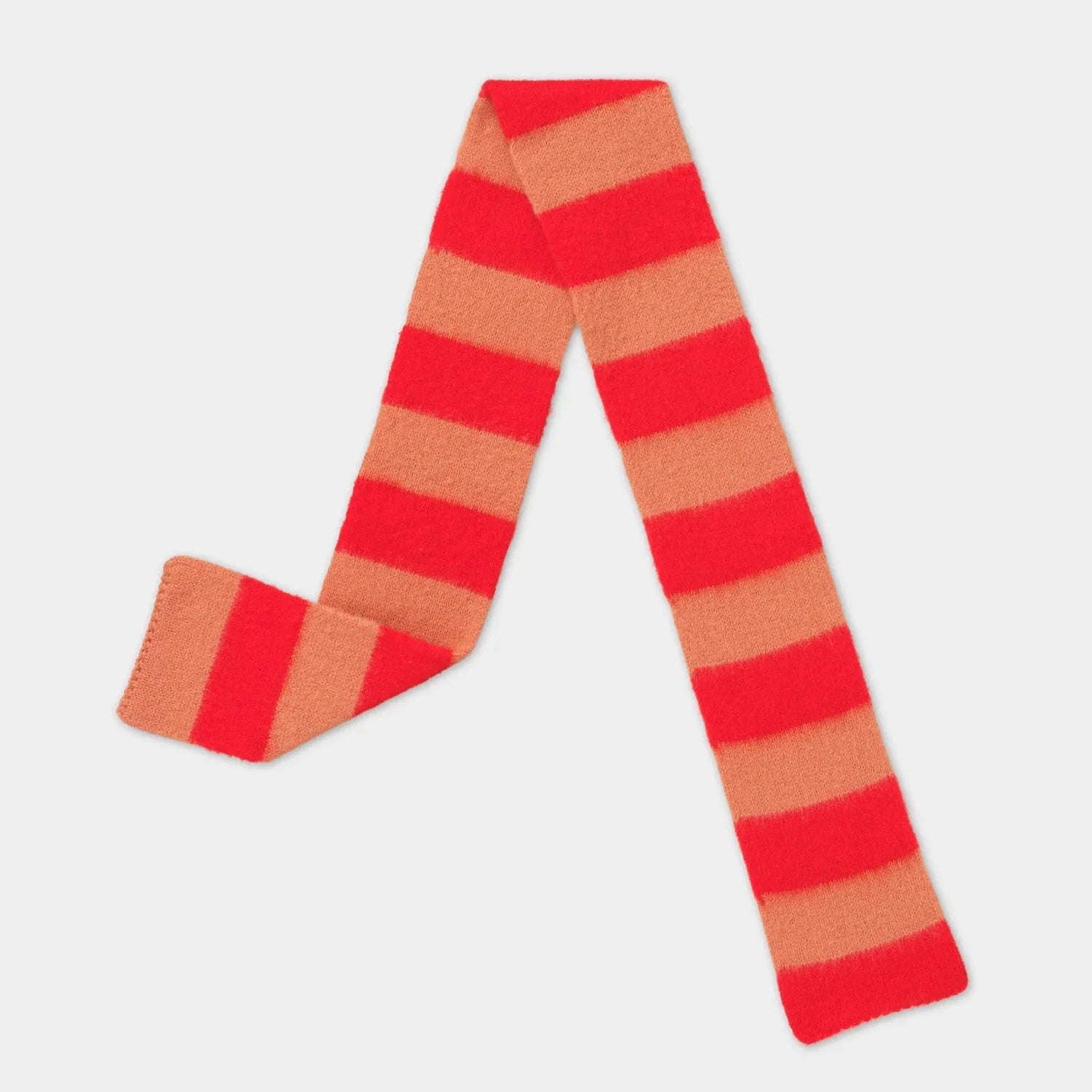Kettle’s Yard in Cambridge was the home of Jim and Helen Ede. Their house – which was always half residence, half gallery – is open to the public. When welcomed in, you’re encouraged to engage on a personal level with its objects and artwork: the lines between private and public become blurred. What becomes apparent from this intimate experience is that every detail has a story to tell.
Jim Ede was a curator at the Tate Gallery. Over the years he accumulated a wide range of art from Barbara Hepworth, Constantin Brancusi, Joan Miró and other major modern artists. There’s an Orkney presence too. The late Tam Macphail, owner of Stromness Books & Prints or ‘Tam’s Bookshop’ as many knew it, is another remarkable artist to feature in Kettle’s Yard.

It may surprise some Orcadians that Tam was such a highly regarded sculptor, worthy of being exhibited next to the likes of Wilhelmina Barns-Graham and Ben Nicholson. For many, the Tam we remember is the slow-walking, quick-witted Stromness resident and bookseller.
An exhibition at the Pier Arts Centre in 2018 (shared with his son Paul) provided a rare chance to look back at some of Tam’s art of the 1960s and 70s. The wit we knew from the bookshop in the recent past was very visible in the art works of 50 years ago. In the mid-1970s, Tam received a £500 grant from the Scottish Arts Council. A year later he was required to submit all the art made possible by the grant money. Tam handed in every cheque he’d written over the previous twelve months, adding up to £500. He framed the cheques individually and hung them in a grid on the wall of the gallery. Each was offered for sale at the price that the cheque was originally written for, totalling, of course, £500.

Nowadays we are used to artists transforming their personal lives into art: Michael Landy’s ‘Break Down’ springs to mind, which involved him destroying every object he owned; or Orkney’s own Harry Josephine Giles and their performance piece, ‘Everything I Bought and How It Made Me Feel.’ But in douce 1970s Edinburgh, such a meta-comment on artistic creation was audacious and controversial.
As much as he loved conceptual provocation, Tam also had a fascination with simple geometric forms – crosses, lines, circles – and featured them in small sculptures made of everyday materials like unfinished wood and iron. Their deceptive simplicity belied a concentration of thought feeding in, and a wealth of suggestion emanating outwards.
Kettle’s Yard features one of these simple but suggestive sculptures, ‘Construction,’ made around 1968. Just as Jim and Helen Ede wanted visitors to engage on a personal level with their art collection – even lending paintings to students at nearby Cambridge University – Tam Macphail wanted his audience to engage with his sculptures by touching them, turning them, moving them – changing them.

Construction, 1968 (circa) | Kettle's Yard, Cambridge
The lines between artist and viewer become blurred. And in the bookshop, the lines between art and business became blurred. The boundary between life and death might seem unambiguous. But though Tam crossed that line in September 2020, he lives on in the art he created, in the bookshop he built, and in our hearts.
At Tam’s funeral in 2020, a friend read Norman MacCaig’s poem ‘In Memoriam.’ These lines are anything but blurred:
On that stormy night
a top branch broke off
the biggest tree in my garden.
It’s still up there. Though its leaves
are withered black among the green
the living branches
won’t let it fall.
. . .
Our main photo is by Alistair Peebles, and shows Tam behind the counter of the shop, wearing one of his famous 'rainproof paper bags.'
Alistair is an Orkney-based writer, editor and photographer, and was a friend of Tam's for many years. On reading this blog, a memory came to Alistair of Tam saying, 'In Stromness those who have died don't leave, they just go into their houses.'
Tam hasn't left, he's just gone into his bookshop.
Other photo credits: Haarkon, Toast, Openhouse





